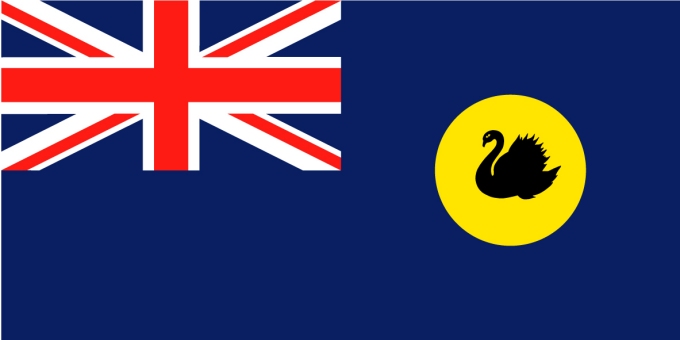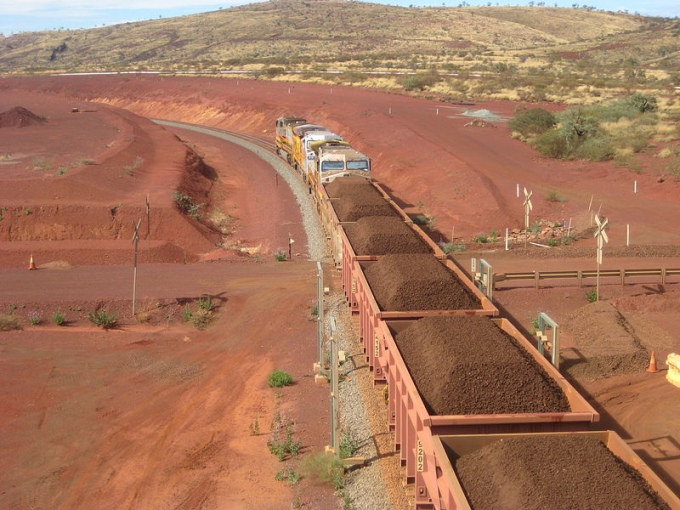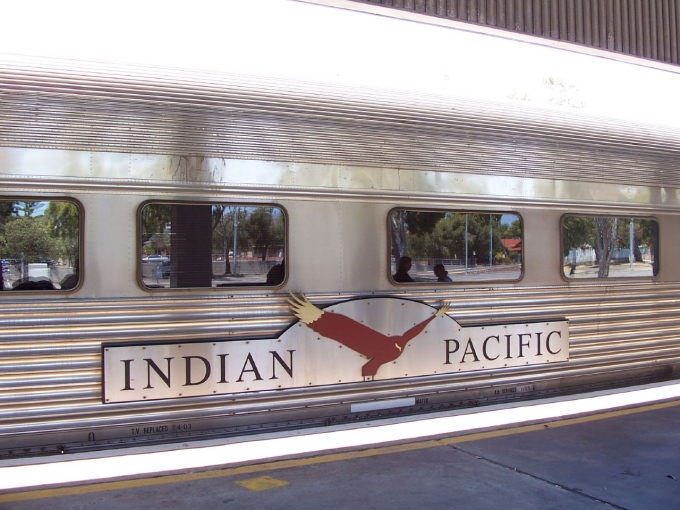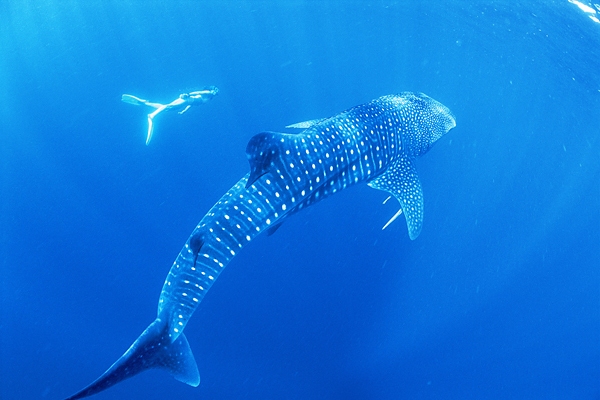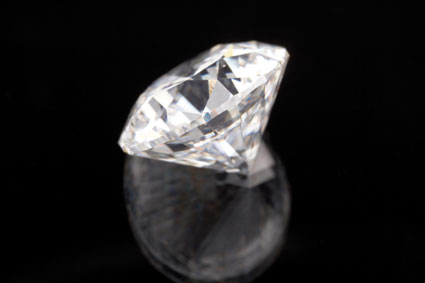Uniquely Western Australia
/We've been in the state of Western Australia for the last month or two and never really talked specifically about the state itself. Western Australia occupies about one-third of the Australian continent. With a land area of 2.5 million km² (965,000 mi²), it's absolutely huge, but with a population of only 2.5 million for the whole state, there's lots of empty space with the mostly densely populated area around Perth and along the coastline. Western Australia, with 12,500 km (7,500 mi) of coastline, is the largest state in the largest island in the world. With its coast situated on the Indian Ocean, the capital city of Perth is closer to Singapore and Jakarta than it is to Canberra, Australia's national capital. There's a sense of isolation here … of sometimes being forgotten because the seat of national government is so far away.
The Black Swan is the emblem of the state and has been associated with Western Australia from the earliest times. The Dutch sea captain, Vlamingh, explored the Swan River in 1697 and gave it its name due to the number of black swans he found there. For many years, the original settlement in Perth was referred to as the Swan River Colony.
The unique natural habitats of Western Australia, especially the southwest, are home to a diverse array of unusual native mammals. New animals we've been on the lookout for include kultaar, ninguai, dibbler, dunnart, quokka, chuditch, numbat, woylie, phascogale and quenda. How's that for a list of animals you've never, ever heard of unless you're an Aussie? Most are not only native, but endemic to Western Australia … that is, found nowhere else in the world. Unfortunately, they're mostly shy and nocturnal and don't usually live near the sea, but we keep looking for them anyway. By the way, they do have the western grey kangaroo here … an animal we HAVE heard of. We might see quokkas when we visit Rottnest Island in the near future.
Here's a few more uniquities and superlatives of Western Australia ...
- Western Australia has the largest privately owned railway in the world. Iron ore railways in the Pilbara region of northwest Western Australia are the most productive railways in the world. Today the Pilbara Rail (Hamersley Freight Line) operation consists of more than 1,300 km (808 mi) of railway, which is used to move around 110 million tons of ore every year across the stark landscape of Western Australia. Western Australia is the second-largest iron ore producer in the world.
- The longest stretch of straight railway line in the world ends / starts in Western Australia. One of the worlds classic rail journeys, the Indian Pacific,starts in Perth.
- Western Australia is therichest plot of land in the world for natural mineral wealth. The value of Western Australia's mineraland petroleum sector in 2013 reached a new record of $113.8 billion. Iron ore is the the number one commodity, followed by petroleum products (oil, gas), gold, alumina, nickel copper, lead, zinc, cobalt, diamonds … they've got it all. The 'Golden Eagle' was the largest gold nugget ever found in W.A, weighing in at 35.5kg (67 lbs) and naturally shaped like an eagle with outspread wings. It was uncovered by 16-year-old Jim Larcombe, back in January 1931.
- Western Australia's Mount Augustus is the largest rock in the world, 8 km long (4.8mi) x 3 km across (1.8mi) x 717m high (2,330').
- The worlds oldest form of living organisms, stromatolites, can be found in Western Australia (and we hope to see them in Shark Bay).
- The waters of WesternAustralia are home to the largest fish in the world … the majestic whale shark, a harmless filter feeder.
- Western Australia has more cars and road space per capita than any place on earth.
- The Argyle Diamond Mine in the far north of West Australia, is the world's largest diamond mine.
- Oh, yeah, and the nickname for natives of Western Australia? They're sandgropers!


